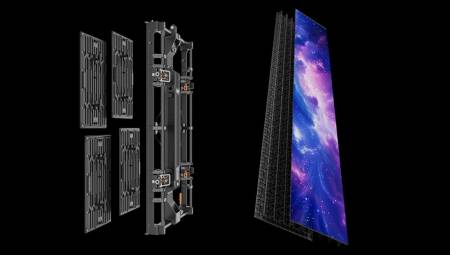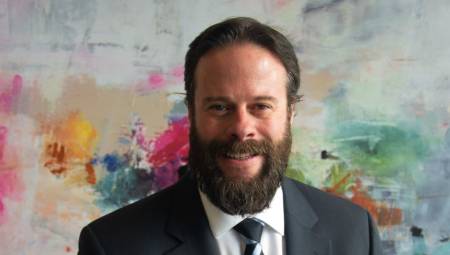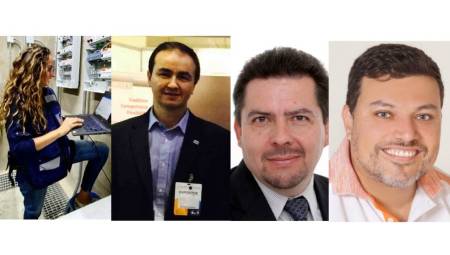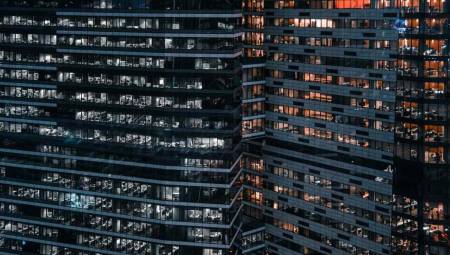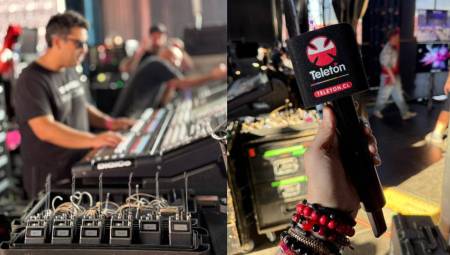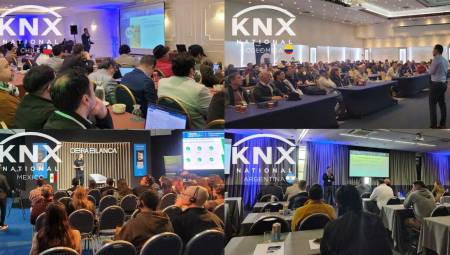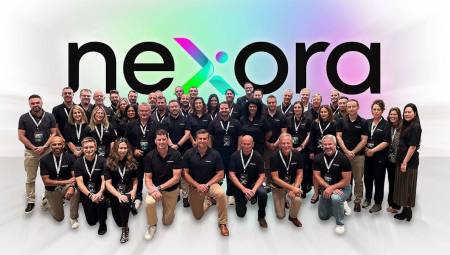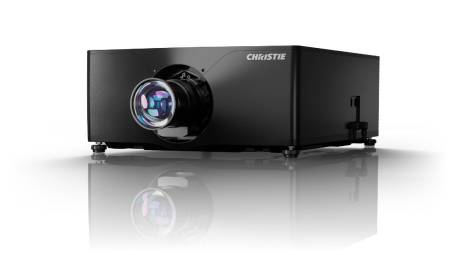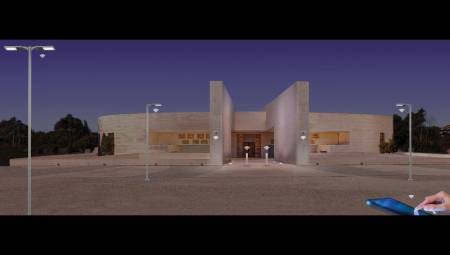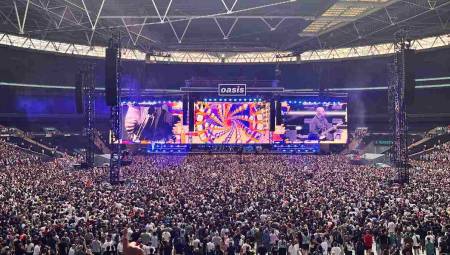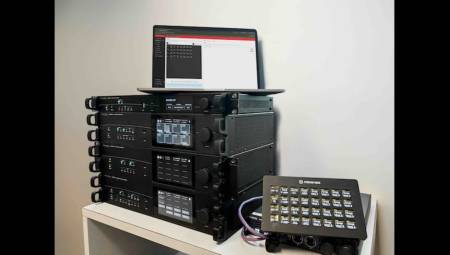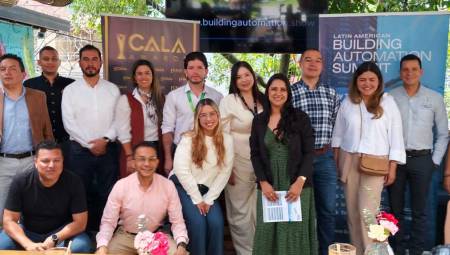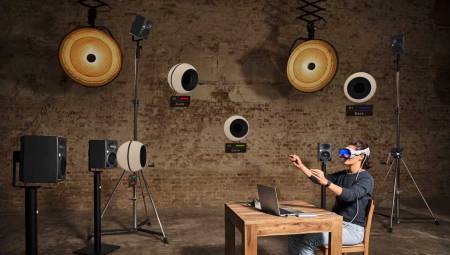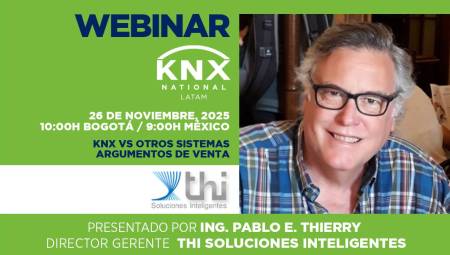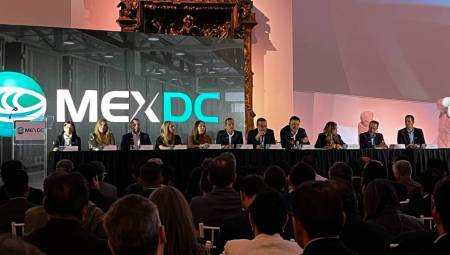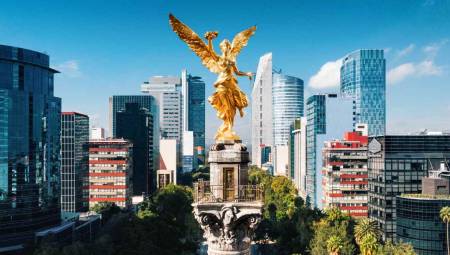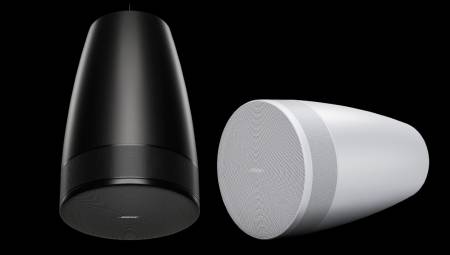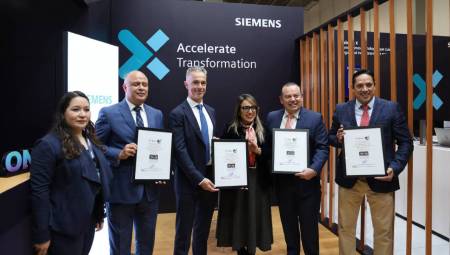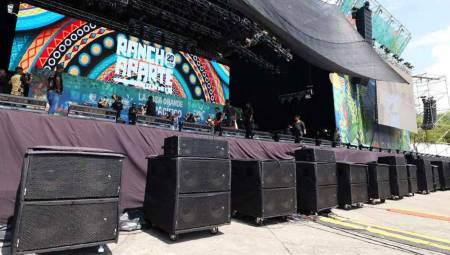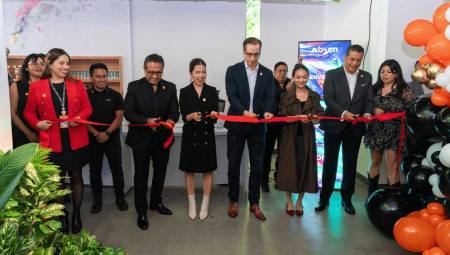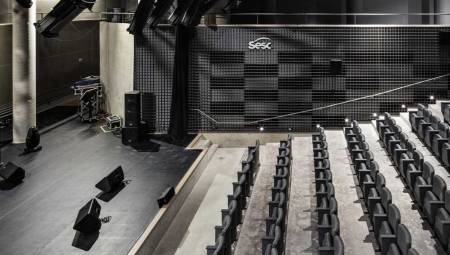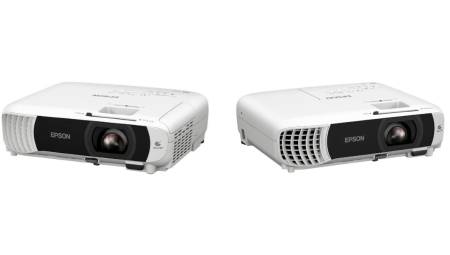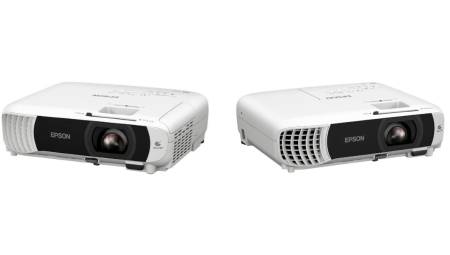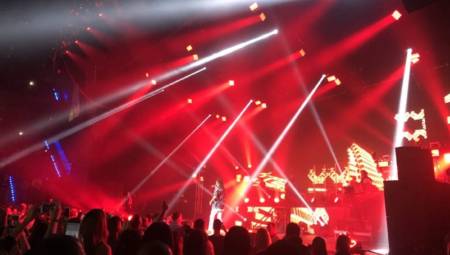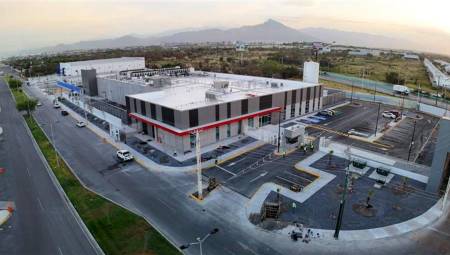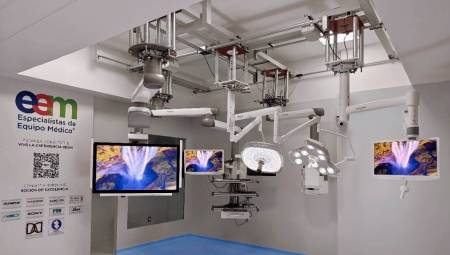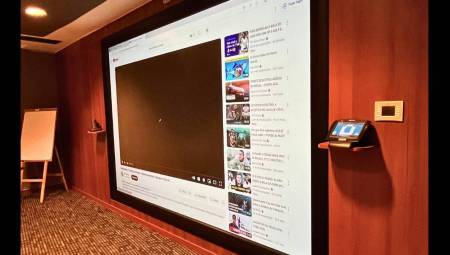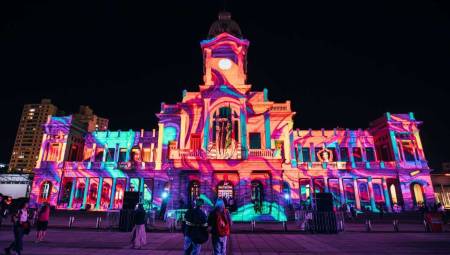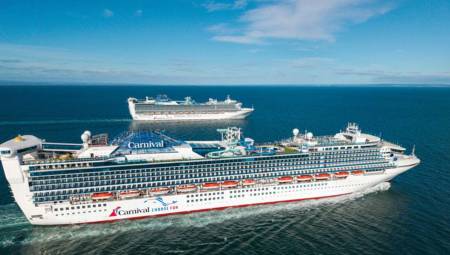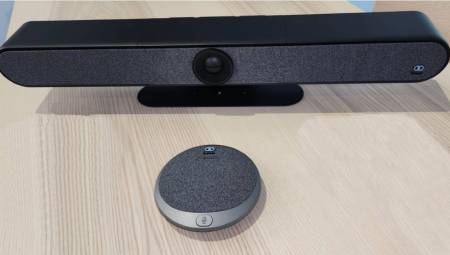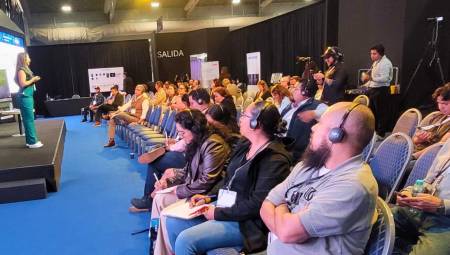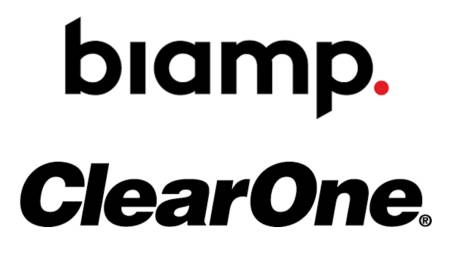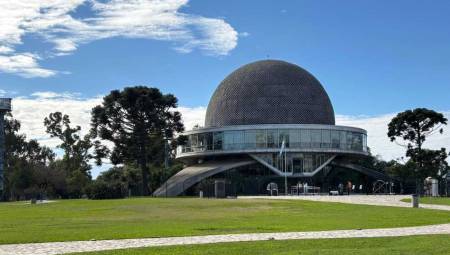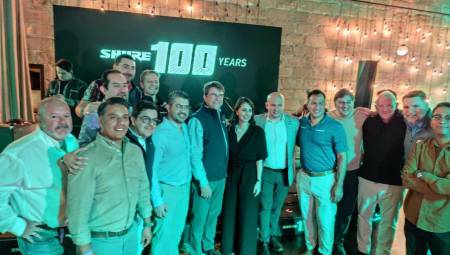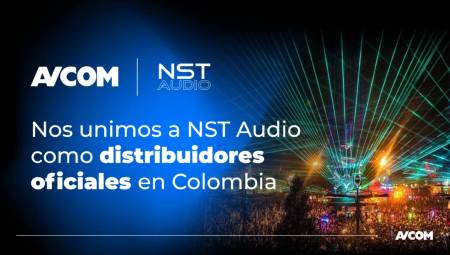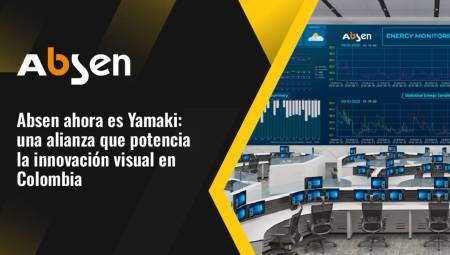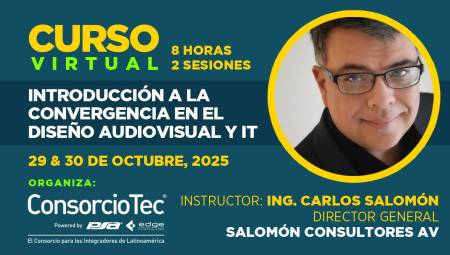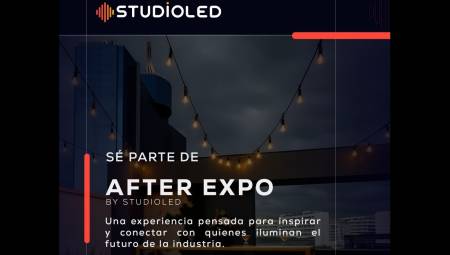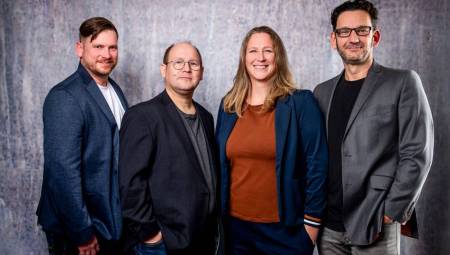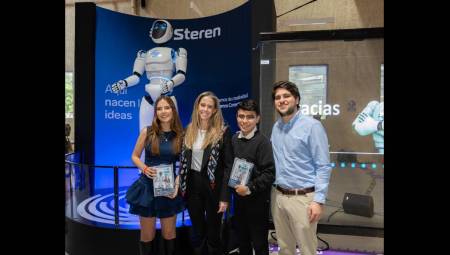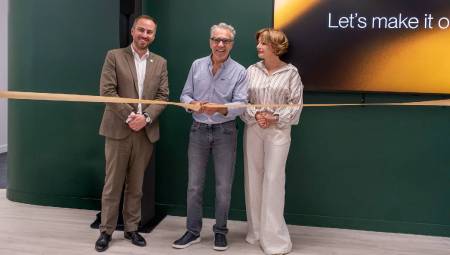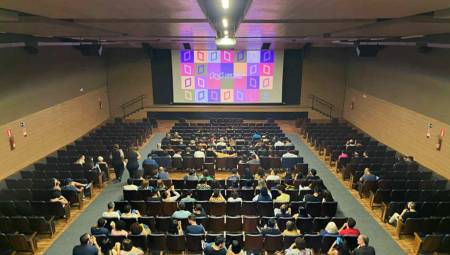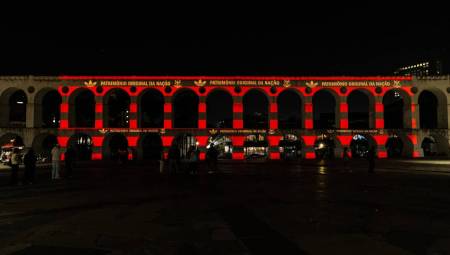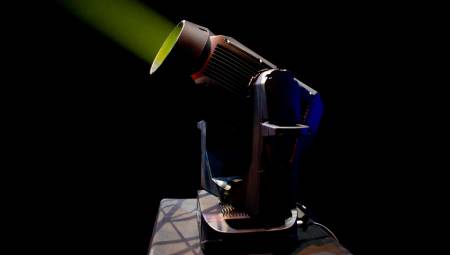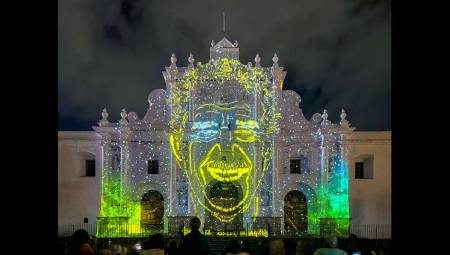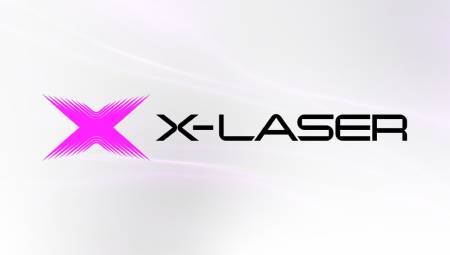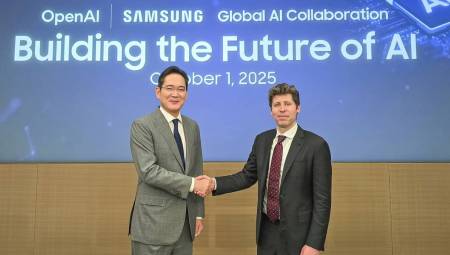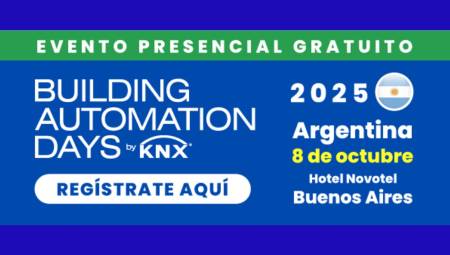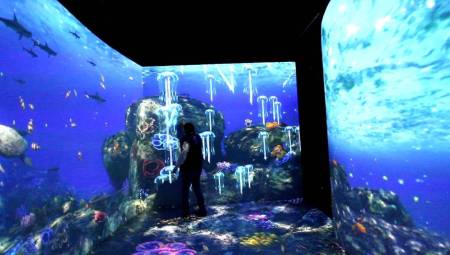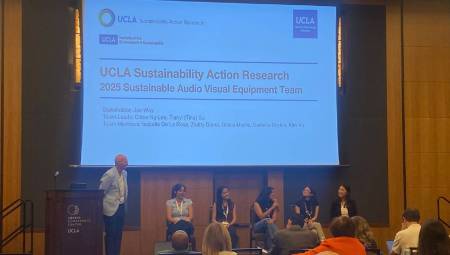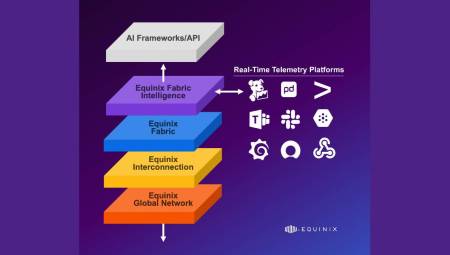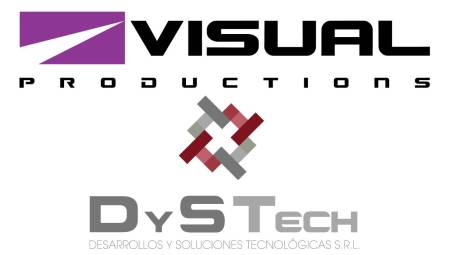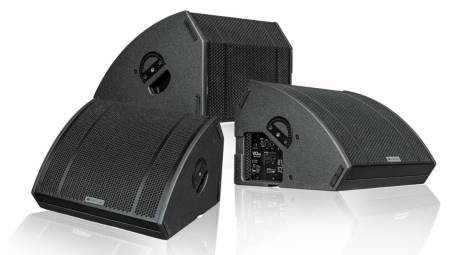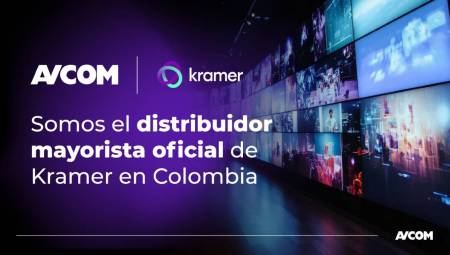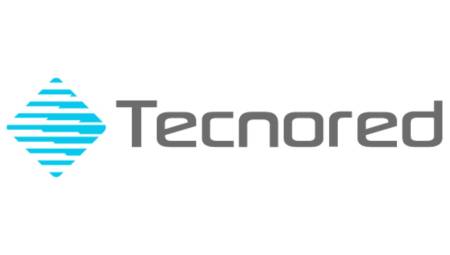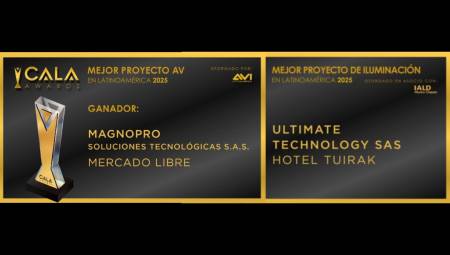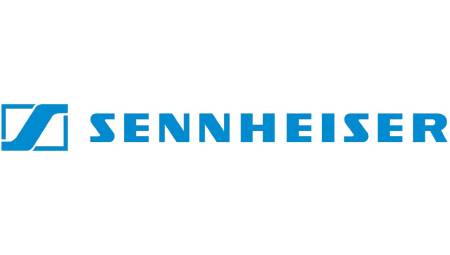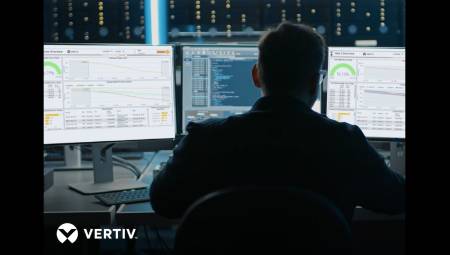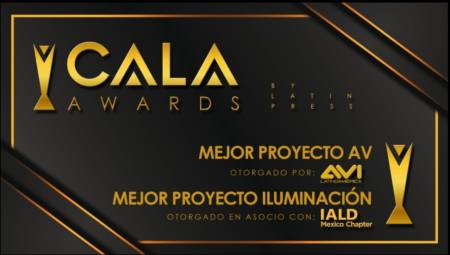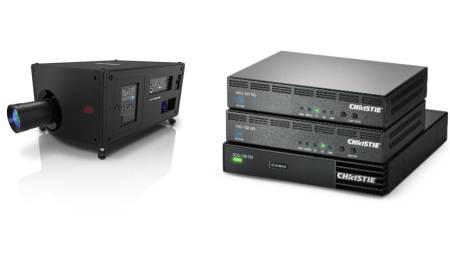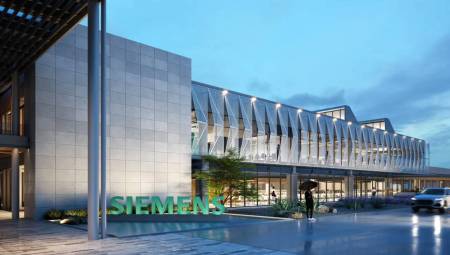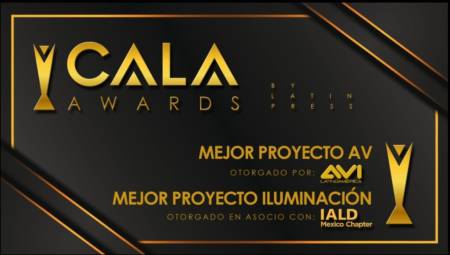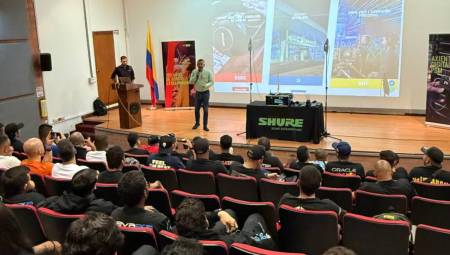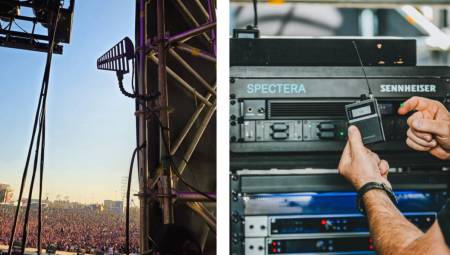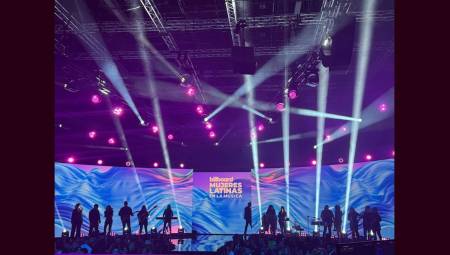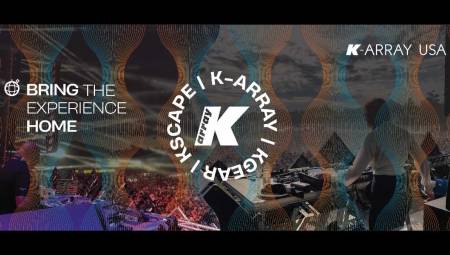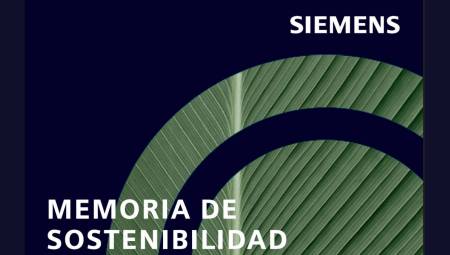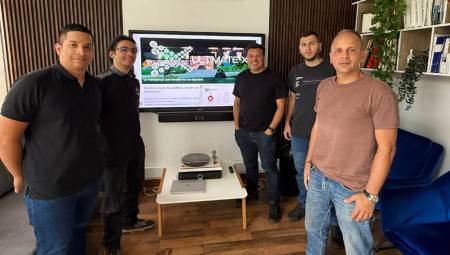By: Héctor Gómez Pérez
Imagining a world in the dark, as we read at the beginning of Genesis, is an apocalyptic vision for many people today, and it is for us to be missed. How about getting home at night, after a strenuous workday, and tripping over the furniture because of the impossibility of seeing it thanks to a light-generating device.
Fortunately for humanity, one fine day in 1879 the American Thomas Alva Edison invented the incandescent lamp, although many claim that he simply perfected it. If the mathematical calculation is done, it is verified that this invention, for many one of the most important and useful of the nineteenth century, during this 2009 will celebrate 130 years of existence.
In this long journey of history there have been important changes in lighting and AVI LATINOAMÉRICA invited three experts in the field to talk about them for this anniversary. The group of guests is composed of Adrián Morel, vice president of OptiLed; Luis Plaza, president of The Island Iluminación Profesional, and José Cervantes, lighting engineer at GE Consumer & Industrial Latin America.
Very big, very heavy
Lighting definitely creates atmospheres and modifies the moods of users, regardless of whether its use is residential, in a bar, a nightclub, a shopping center or at the launch of a brand or a product. According to Adrián Morel "enlightenment is life for the eyes and refreshing pleasure for the soul".
But we must remember that until approximately 20 years that pleasure was obtained in the case of shows, as Luis Plaza recalled, from reflectors for cinema, theater and television that were very large and heavy and also had high energy consumption because they were luminaires of up to 5000 watts. Gradually they have been changed by reflectors of 2000, 1000, 750, 500 and 250 watts. The latter over the years have gained in design and optics allowing a greater light performance.
Another important change is that in the past the type of luminaires that were used was small and generic, an aspect that José Cervantes highlights when he says that "we are observing a great level of specialization in the products that are currently segmented according to the specific needs of each space. Thus, we have luminaires that reduce operational costs, others that help to highlight certain sections of the rooms, some more focused on covering security needs and others specifically dedicated to decorative purposes. "
State-of-the-art luminaires
If we have to talk about revolutionary changes in the industry, we should include two components: LED technologies (light-emitting diodes) and OLED (organic LEDs). As explained by Morel, the latest advances in the field allow us to think about completely illuminating theaters, hotels, boardrooms, among others with LEDs.
About led's Plaza he said that "they are being used a lot in architectural lighting and in show business. Currently there are different models of luminaires that use LED's, some to create colors using the RGB system and others for white light using white and amber LEDs, being able to reach different degrees of temperature. There are many buildings and parks like Disney World that are currently using this system because its consumption is very low and efficient."
The representative of GE Consumer & Industrial Latin America, said that "in recent years we have focused on the development of products that promote energy efficiency and better lighting quality. These include compact fluorescent bulbs (CFLs) that use up to 75% less energy and last 10 times longer than conventional bulbs." As far as OLEDs are concerned, he added that "they are extremely innovative since they are not only efficient products from the point of view of energy consumption, but also underline our company's commitment to the planet since they use recyclable materials that stimulate the conservation of the environment".
The energy issue and the industry
Different industries have been concerned in recent years about energy and environmental conservation; lighting has not been on the margins of this trend. "Energy saving and environmental conservation are currently cornerstones for companies like GE Consumer & Industrial, which invest enormous amounts of resources in developing products, services and initiatives that help their customers reduce costs and address environmental challenges," Cervantes said.
Likewise, this guest shared the experience "Ecomagination", which is an environmental initiative of GE aimed at developing products that act in line with the environment. For example, this company's LED technology has an annual growth rate of 30% and represents 50% of the company's research and development budget.
On this same aspect of the industry's responsibility to the environment Morel said: "The lighting industry is on alert but not in line with the precepts of environmental conservation because survival based on traditional business continues to prevail. The day when large manufacturing and/or distribution companies stop selling traditional light bulbs, that will be "C" day, or consonance day."
How is the industry in the region?
"The lighting in Latin America is very good since countries such as Argentina, Brazil, Colombia, Puerto Rico, Dominican Republic, Uruguay, Chile, Mexico and Venezuela are practically up to date compared to Europe and the United States, except with the limitation of currency exchange that restricts a little the issue of the amounts to be offered. Without a doubt, Latin America has great potential both in teams and in professionals in the art of lighting," said Luis Plaza.
For his part, Morel emphasized a mistake that was being made in Latin America in what has to do with the price factor of the products that were acquired. "The professional lighting industry in Latin America had begun to develop its strategy in incorporating unbranded LED technology, or making up products of disputed reputation, but quickly realized that cheap is expensive. The solutions that are demanded are finished products called "plug & play".
One aspect that Morel highlighted in the region is that training in lighting issues is scarce, which contrasts with the great demand it has. "Every time I teach a course on LED technology in a Latin American country, the people enrolled always exceed the capacity of the establishment. It is not only my case as an exhibitor, but also in that of others."
Cervantes said that with the issue of the current economic crisis all companies are looking for products with an optimal return on investment, hence the effort made by GE to offer products that through energy savings reduce costs and allow a quick return on investment.
In the same way, this guest considers that even in the issue of public lighting, many Latin American cities are better positioned than those of the United States, and gave as an example the use in many of them of "anti-glare" systems and the control of losses in electrical equipment that have surpassed in efficiency the traditional ones used in many North American cities. He also added that "in Chile, Argentina, Mexico, Brazil and even peru, there are cities without light pollution in the atmosphere and the concept of rural lighting has been developed with the use of solar energy."
Conclusions
"Lighting is an art and by combining different technologies we can achieve really amazing goals," said Luis Plaza. Definitely, this art will continue to grow and be perfected to offer solutions that guarantee the comfort of users; not in vain the current lighting products are ergonomic and have a simpler handling and installation, with which the professional saves time and money.
The coming challenges for this industry are summarized in offering products and solutions that, in addition to being energy efficient, meet all the expectations and needs of customers. In addition, they are easy to assemble, minimal maintenance and are resistant to environmental factors such as temperature changes, humidity and corrosion.





